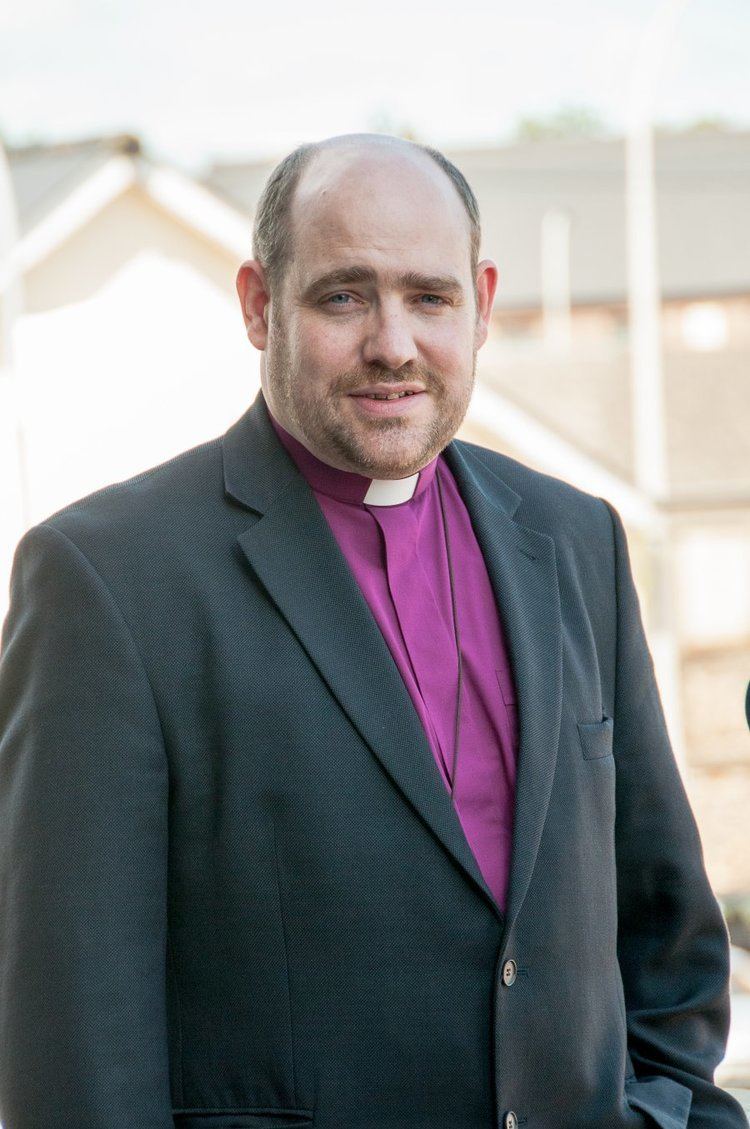Parishes 31 Church 51 | Churches 51 | |
 | ||
Ecclesiastical province Ecclesiastical Province of Rupert's Land | ||
The diocese of the arctic
The Diocese of The Arctic is a diocese of the Ecclesiastical Province of Rupert's Land of the Anglican Church of Canada. It is by far the largest of the thirty dioceses in Canada, comprising almost 4,000,000 km2 (1,500,000 sq mi), or one-third the land mass of the country. As the name indicates, the diocese encompasses the Arctic region of Canada including the entirety of the Northwest Territories, Nunavut, and the Nunavik region of northern Quebec. The See city is Iqaluit, Nunavut, and its approximately 18,000 Anglicans (over one-third of the total population) are served by thirty-one parishes. The administrative offices of the diocese are located in Yellowknife, Northwest Territories.
Contents
The diocese is well known for its igloo-shaped cathedral, St. Jude's, which was destroyed by fire in 2005 but subsequently rebuilt and opened in 2012. It maintains a theological school, the Arthur Turner Training School in Iqaluit (formerly in Pangnirtung). In 1996, Paul Idlout became the first Inuk bishop in the world (as suffragan bishop).
In 2002, Andrew Atagotaaluk became the first Inuk diocesan bishop in the world and the fifth bishop of The Arctic. Atagotaaluk retired at the end of 2012.
In June 2012, an electoral synod was held. David W. Parsons was elected to succeed as diocesan bishop and Darren McCartney as suffragan.
Diocese of the arctic synod
History
Originally, the region was part of the vast and sprawling Diocese of Rupert's Land, which at the time encompassed all of present-day Canada west of Ontario. Anglican activity in the Far North primarily took the form of missionary work among the Aboriginal First Nations and Inuit, undertaken for the most part by the evangelical Church Mission Society. In 1874, the Diocese of Rupert's Land was split into four dioceses one of which, Athabasca, included the present-day Diocese of The Arctic. In 1892, Atherbasca was subdivided to create the Diocese of Selkirk (coterminous with the Yukon) and the Diocese of Mackenzie River (coterminous with the Northwest Territories).
The Diocese of The Arctic was created from Athabasca in 1933, subsuming the Diocese of Mackenzie River and carving northern Quebec from the Diocese of Quebec, where—like Nunavut and the Northwest Territories—the majority of the population is indigenous. The first constituted synod was not convened, however, until 1972.
Theology
Both the missionary history of the diocese and its particular cultural context contributes to its theology, which tends towards evangelicalism and conservatism. For instance, the diocese sparked controversy in 2005 when it banned the employment of "homosexuals, lesbians and bisexuals", as well as those who engage in sexual activity outside marriage, and its bishops have been outspokenly critical of what they perceive as the liberal tendencies of many southern dioceses.
Bishops David Parsons and Darren McCartney were the only Anglican Church of Canada bishops to attend GAFCON II, held in Nairobi, Kenya, from 21 to 26 October 2013.
